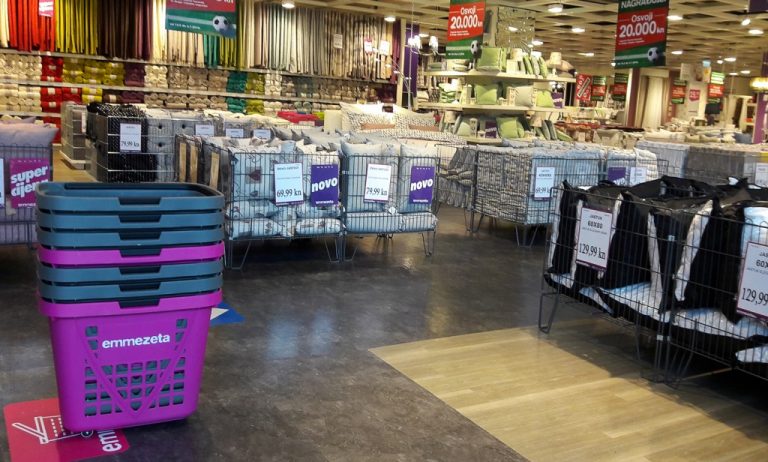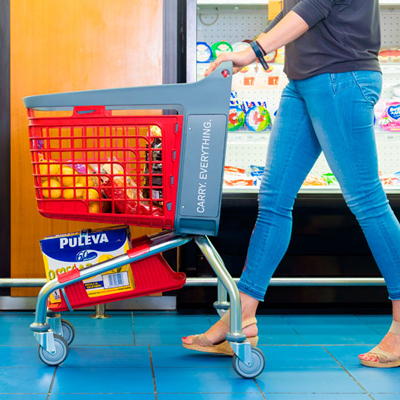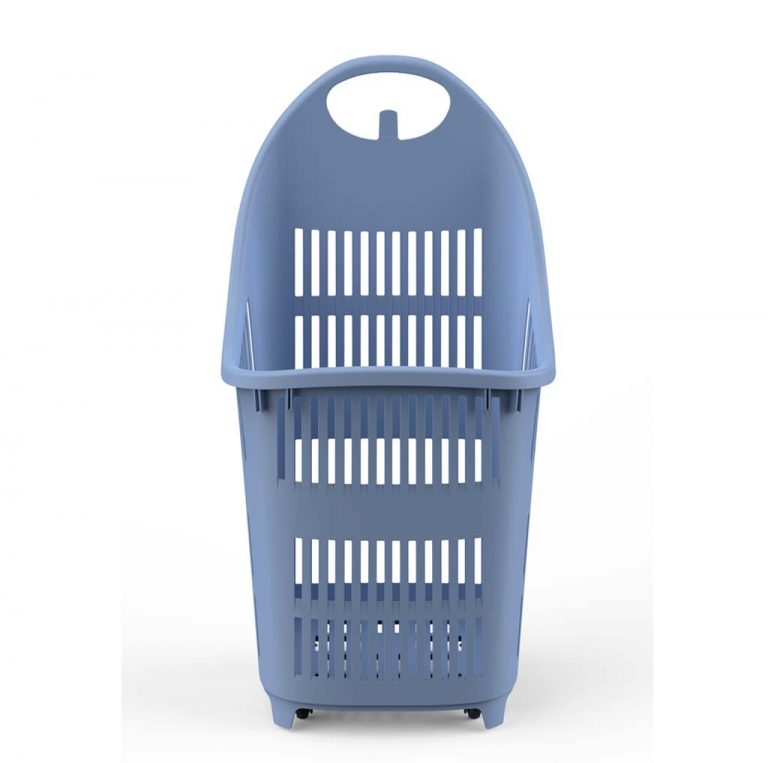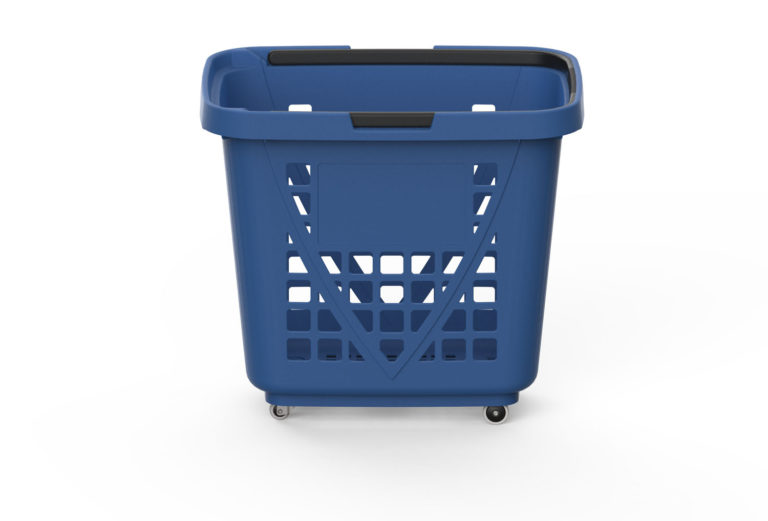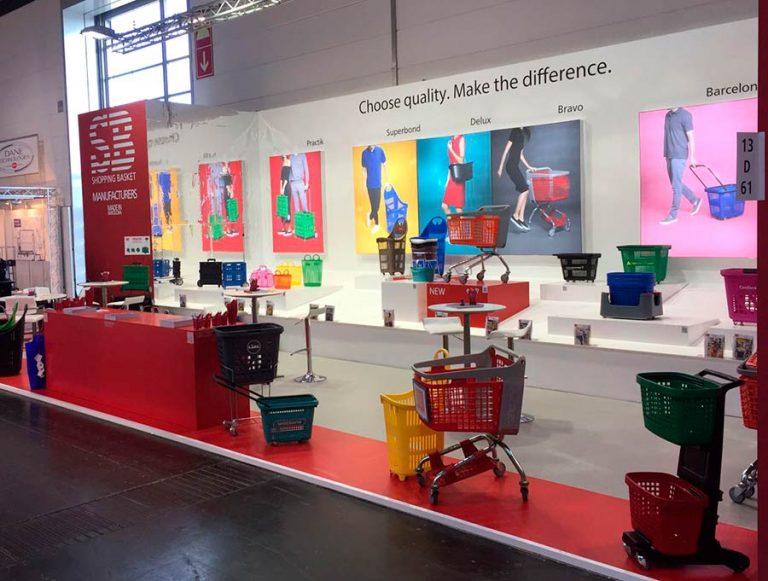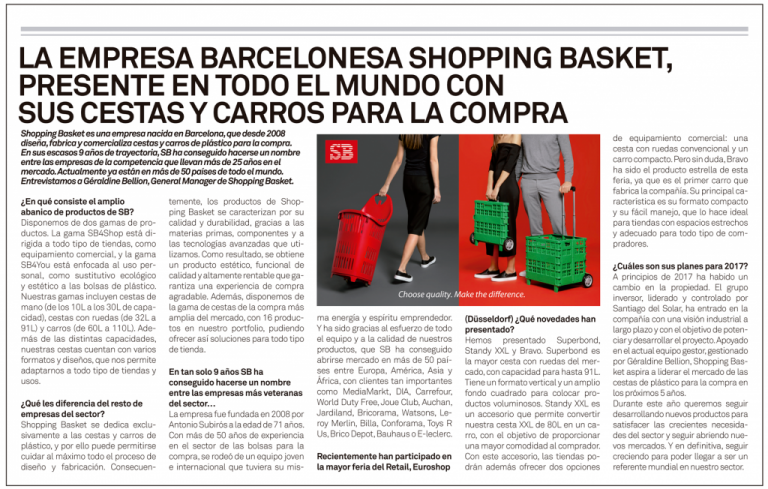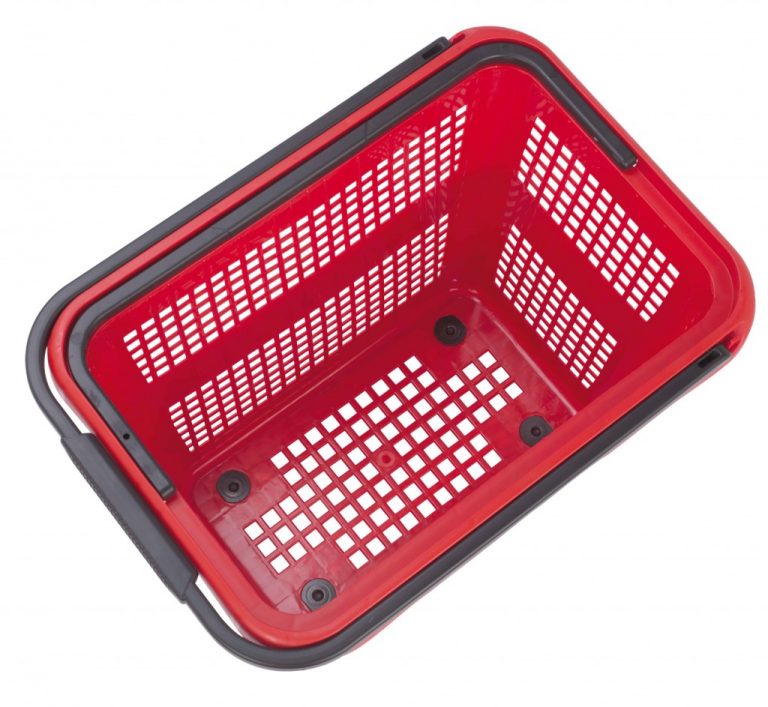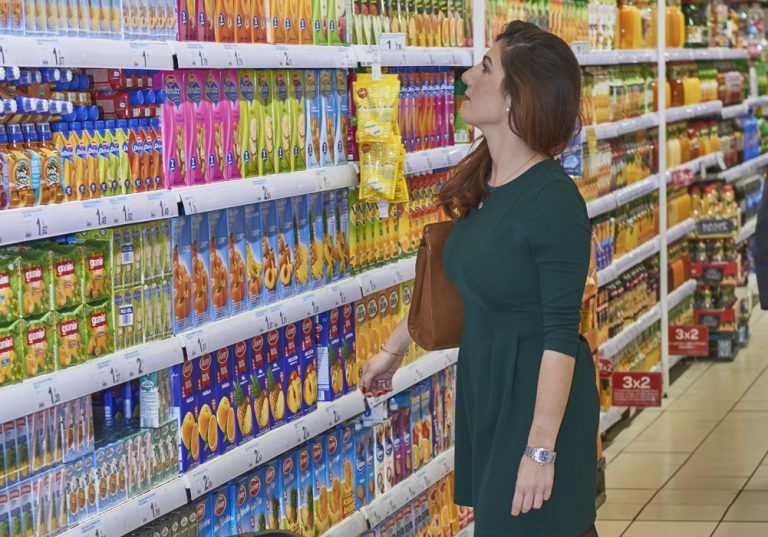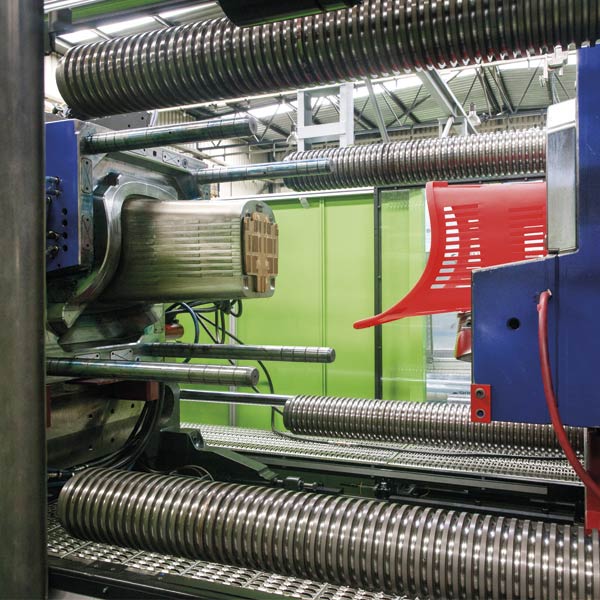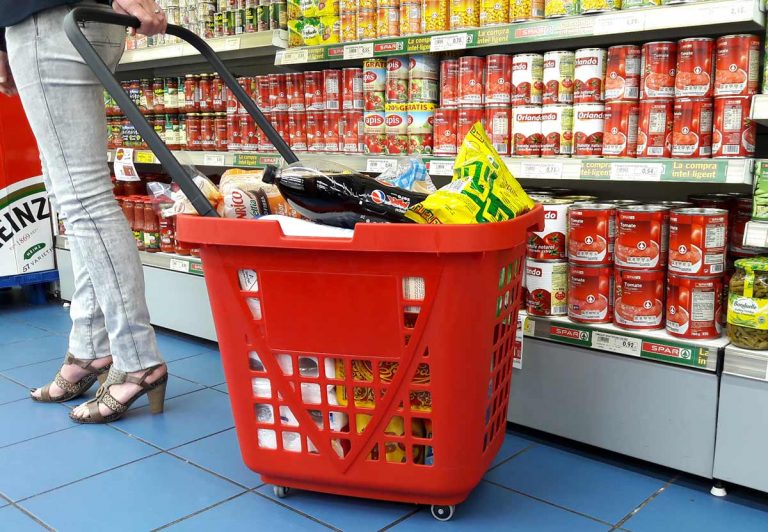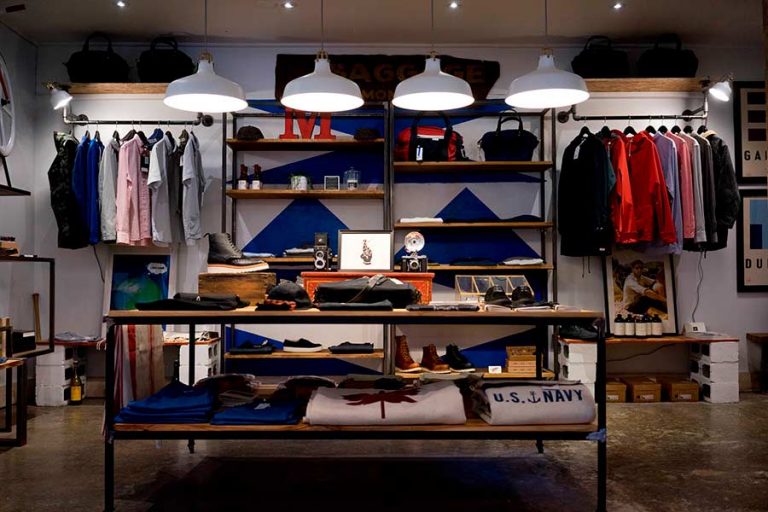What Is Perceived Value for the Consumer?
Perceived value to the consumer is a subjective judgment that each consumer makes regarding how valuable a service or a product is to them—beyond its cost. It is influenced by quality, presentation, customer service, and most importantly, the shopping experience.
During periods of increased cost of living and decreased purchasing power, that perception becomes a driving decision-making point: if a consumer feels that they’re receiving greater value from their purchases, they’re going to come back—even if cheaper alternatives are available in the market.
Why It Matters More Than Ever Today
Inflation has changed the way consumers shop. Consumers today look for affordable prices, sure—but they also look for real value. That has driven the emergence of consumer categories like second-hand shops, low-price formats, and loyalty clubs.
In the new environment, brands that want to hold a premium status have to do a lot more to validate their value proposition. Being good isn’t sufficient—you must demonstrate it at each touchpoint.

Consumer Segments: Who Are The New Profiles Looking For
Shoppers are splintering into multiple segments. The same consumer may seek bargains on necessities and remain ready to pay a premium on a gourmet meal. It presents new challenges and opportunities to retailers:
- People who value quality and sustainability.
- Shoppers who prioritize convenience and service.
- Customers who make purchases based on a company’s values and social responsibility.
The Shopping Experience Contributes Significantly to Perceived Value
One of the best ways to raise perceived value is through a positive, effective, and pleasant shopping experience.
It can be done by:
- Furthermore, clean, ordered, and available spaces.
- Kind and helpful personnel.
- Practical equipment such as comfortable baskets and carts.
- Clear, engaging in-store communication.
Rationalizing Premium Price through Real Value
Nothing’s worse than paying a little extra for something that fails to impress. Therefore, if you’re above average in price, then it is crucial that shoppers see the difference. The experience must be worth the cost in order to create a perceived value.
Methods used to support increased prices are:
- Unique or locally manufactured products.
- Additional services such as home delivery or personal aid.
- Unique store ambiance or sensory experiences.
- Carefully crafted and thoughtful packaging.
How Baskets and Shopping Carts Affect Perceived Value
It’s a small detail in theory—but not in fact. The tools that are part of the shopping process directly impact the whole experience, and thus perceived value.
At Shopping Basket, we understand that:
- A quiet, smooth, and easy-to-handle cart improves the experience from the beginning.
- Light-weight baskets with contemporary looks best represent innovation and devotion.
- Sustainable or recycled materials affirm your company’s environmental commitment.

Caring About Value Means Caring About the Customer
Perceived value is created on a continuous basis. It is not just a reflection of the product, but of every choice you make as a firm or store—from the furniture to the service, from atmosphere to shopping carts.
If you’re a company that wants to be regarded as caring, customer-enlightened, and proactive in meeting customer needs—begin by looking at your company through their eyes.
For when the customer feels value, they return.


